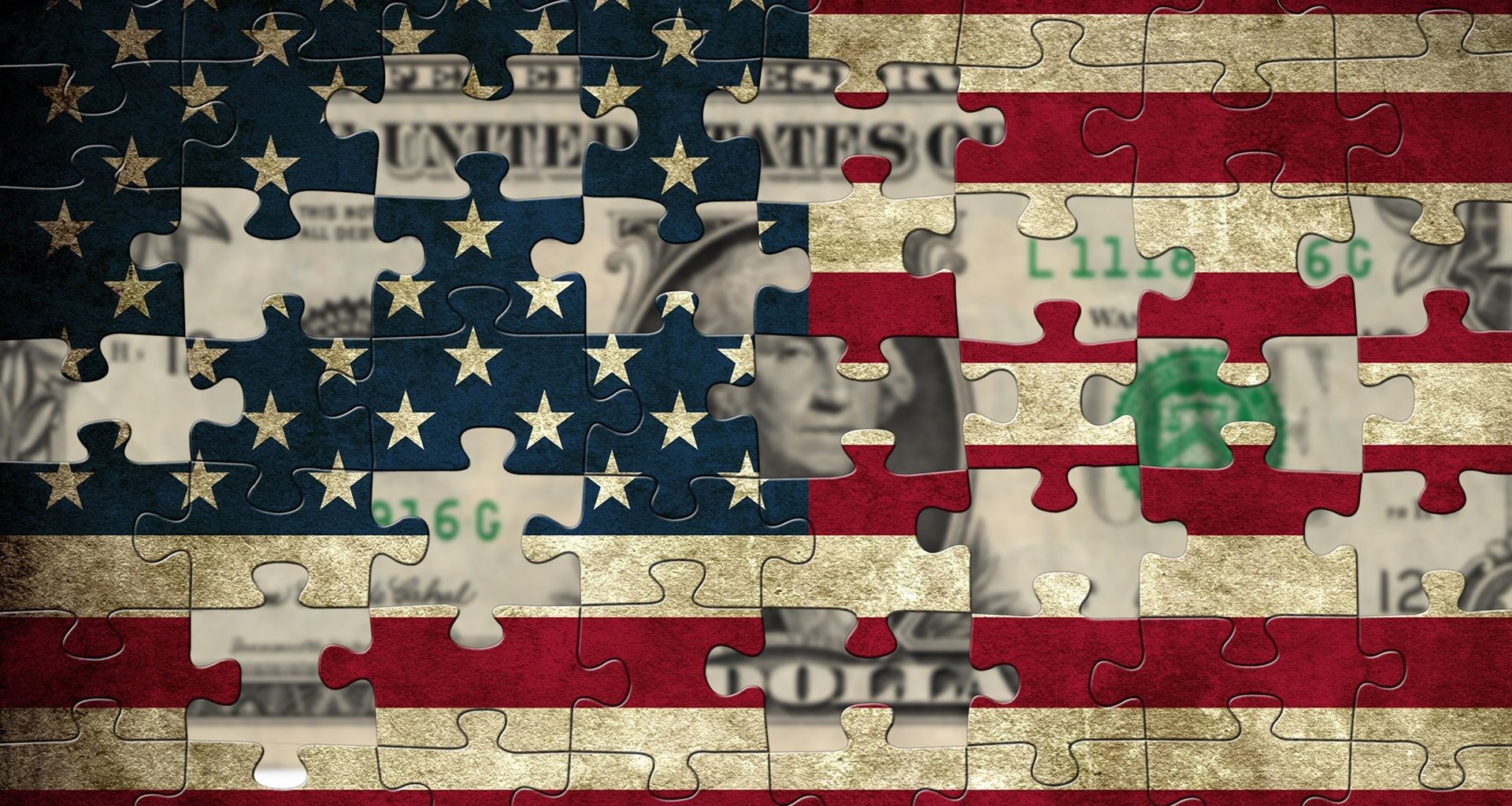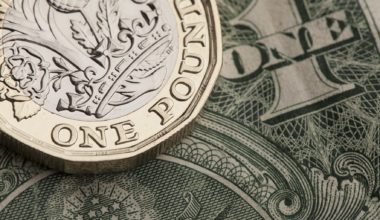US recovery deepens its roots
The latest forecasts for US GDP growth are +7% year-on-year (YoY) for the third quarter of 2021, and +6% YoY for the full-year 2021. While the estimate for 2021 is a slight downgrade versus the previous estimate of +6.6%, the forecasts for 2022 and 2023 have been upgraded to +4% and +3%, respectively, reflecting the belief that the economic recovery in the US will continue well into 2023.
The latest economic data support this optimism. Filings for jobless benefits fell again in the US as demand for labour remains very high. Initial unemployment claims in the week ending September 4th – a proxy for lay-offs – moved lower to 310,000, and the four-week moving average fell to 339,500, a pandemic low. In other words, the recovery is well underway in the US labour market.
While wages have risen, capital spending has also increased, suggesting that productivity growth might allow the Fed to tolerate faster wage growth too. Higher wages mean greater spending power for the US consumer (and likely some more inflation).
No need for stimulus, says PBC
Recent economic data releases from China have been disappointing, with the renewed spread of the delta variant and associated increase in restrictions slowing overall activity. Retail sales in China grew by +2.5% in August YoY, someway below expectations and a marked slowdown. Industrial production increased +5.3% YoY which was weaker than the expected +5.8% growth rate.
The weaker than expected economic data has prompted many to suggest China may engage in monetary stimulus to support the economy. The People’s Bank of China (PBC) has pushed back against any expectations it will take aggressive measures to boost economic growth with new monetary stimulus, however. Pan Gongsheng, the PBC’s deputy governor, said China’s monetary policy would remain in the ‘normal range’, and it would not embark on large-scale ‘flood-like’ stimulus.
European turnaround triggers tapering
European Central Bank (ECB) President Christine Lagarde, in a September 11th statement, said the Eurozone’s economic situation was better than previously expected, although it is “not out of the woods” yet. According to the ECB, real GDP rose by +2.2% YoY in Q2, +0.8% higher than the central bank forecast from June. This rebound was driven by domestic demand, particularly private consumption resulting from increased disposable income and a declining savings rate. The ECB has decided to slow down bond-buying through its Pandemic Emergency Purchase Program (PEPP) as a result.
The latest forecasts for US GDP growth are +7% year-on-year (YoY) for the third quarter of 2021, and +6% YoY for the full-year 2021. While the estimate for 2021 is a slight downgrade versus the previous estimate of +6.6%, the forecasts for 2022 and 2023 have been upgraded to +4% and +3%, respectively, reflecting the belief that the economic recovery in the US will continue well into 2023.
The latest economic data support this optimism. Filings for jobless benefits fell again in the US as demand for labour remains very high. Initial unemployment claims in the week ending September 4th – a proxy for lay-offs – moved lower to 310,000, and the four-week moving average fell to 339,500, a pandemic low. In other words, the recovery is well underway in the US labour market.
While wages have risen, capital spending has also increased, suggesting that productivity growth might allow the Fed to tolerate faster wage growth too. Higher wages mean greater spending power for the US consumer (and likely some more inflation).
No need for stimulus, says PBC
Recent economic data releases from China have been disappointing, with the renewed spread of the delta variant and associated increase in restrictions slowing overall activity. Retail sales in China grew by +2.5% in August YoY, someway below expectations and a marked slowdown. Industrial production increased +5.3% YoY which was weaker than the expected +5.8% growth rate.
The weaker than expected economic data has prompted many to suggest China may engage in monetary stimulus to support the economy. The People’s Bank of China (PBC) has pushed back against any expectations it will take aggressive measures to boost economic growth with new monetary stimulus, however. Pan Gongsheng, the PBC’s deputy governor, said China’s monetary policy would remain in the ‘normal range’, and it would not embark on large-scale ‘flood-like’ stimulus.
European turnaround triggers tapering
European Central Bank (ECB) President Christine Lagarde, in a September 11th statement, said the Eurozone’s economic situation was better than previously expected, although it is “not out of the woods” yet. According to the ECB, real GDP rose by +2.2% YoY in Q2, +0.8% higher than the central bank forecast from June. This rebound was driven by domestic demand, particularly private consumption resulting from increased disposable income and a declining savings rate. The ECB has decided to slow down bond-buying through its Pandemic Emergency Purchase Program (PEPP) as a result.
Disclaimer: The views expressed in this article are those of the author at the date of publication and not necessarily those of Dominion Capital Strategies Limited or its related companies. The content of this article is not intended as investment advice and will not be updated after publication. Images, video, quotations from literature and any such material which may be subject to copyright is reproduced in whole or in part in this article on the basis of Fair use as applied to news reporting and journalistic comment on events.


